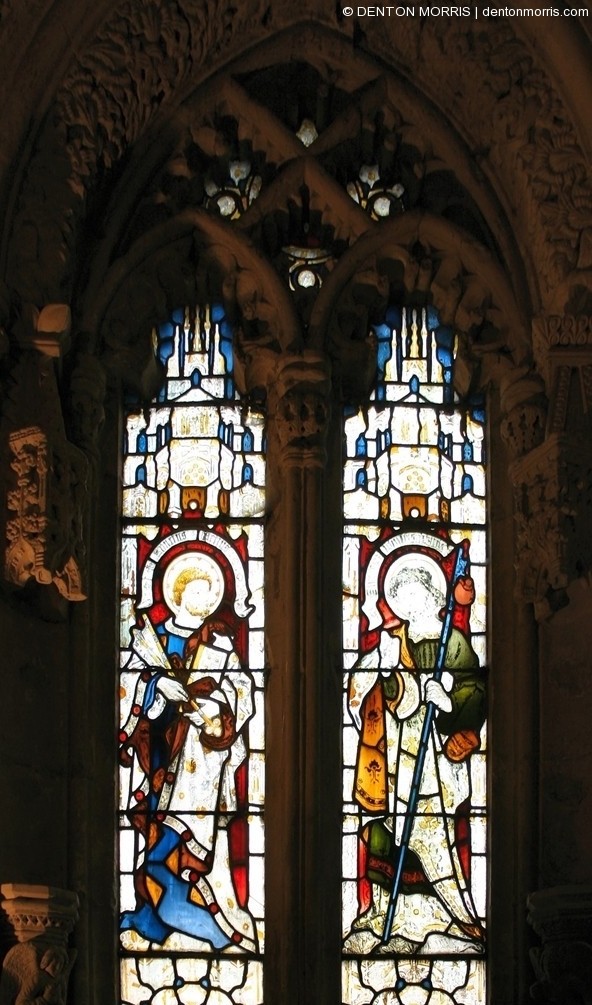By Jae-Ha Kim
New York Post
April 20, 2011
MIDLOTHIAN, Scotland –When author Dan Brown first visited Rosslyn Chapel in Midlothian, Scotland, the small, working church wasn’t on any tourist maps. Though located just seven miles south of Edinburgh, Rosslyn didn’t have the same cachet as, say, the more famous and majestic Edinburgh Castle.
But thanks to Brown’s bestseller, “The Da Vinci Code” — which prominently features Rosslyn — the little chapel that could continues to be a curiosity.
Just to jog your memory, both the book and the film begin with a murder at the Louvre in Paris. In search of the Holy Grail, the hero travels to France, England and finally Scotland to learn the mysteries of two religious groups that may have led to the killing.
So what’s all the fuss about? From the outside, Rosslyn Chapel isn’t much to look at. Overlooking the North Esk River, it’s a miniature church in a quiet town. Inside, the stained glass windows are the only bright elements. The 15th-century cathedral is dark and dusty, even when it’s sunny outside.
But then there are the intricate carvings that defy categories: angels in Masonic poses, ears of corn and other plants, Green Men with mischievous grins and snake-like foliage for their bodies.
The most famous of the carvings is known as the Apprentice Pillar. According to the legend, the head mason was instructed to build an even more intricate creation than his previous pillar. While consulting with his master, the underling took it upon himself to finish the pillar. His work was so beautiful and well-executed that the mason killed him in a fit of jealousy. (The chapel’s gift shop sells replicas of the famous pillar for about $60.)
Whether this legend is true or not is debatable. But it’s clear that the craftsmen who had a hand in building Rosslyn Chapel had a sense of humor. Overlooking the Apprentice Pillar is the head of the enraged mason, whose fate is to forever view his student’s superior work. The heads of the student, as well as his mother, overlook the mason’s inferior carving.
Founded in 1446 by Sir William St. Clair — the last prince of Orkney — Rosslyn Chapel was originally known as the Collegiate Chapel of St. Matthew. Intended as a much bigger cathedral than exists today, those plans ended when Sir William died in 1484.
Brown asserted in his book that the Rosslyn Chapel was built on the site of an ancient temple frequented by the Christian military order Knights Templar, and that a subterranean chamber exists underneath the chapel.
Tour guides are quick to point out that all this makes for a good story, but the story isn’t necessarily true.
Still, tourists jostle inside to get the best view. Some hope that this was the last stop for the Holy Grail. Others are just curious to be at a place that had been so well documented in a fictional book.
Rosslyn is a working chapel and — besides being available for film shoots — may be booked for weddings.
Read more in the New York Post. You may follow Jae on Twitter @GoAwayWithJae.
© 2011 JAE-HA KIM






